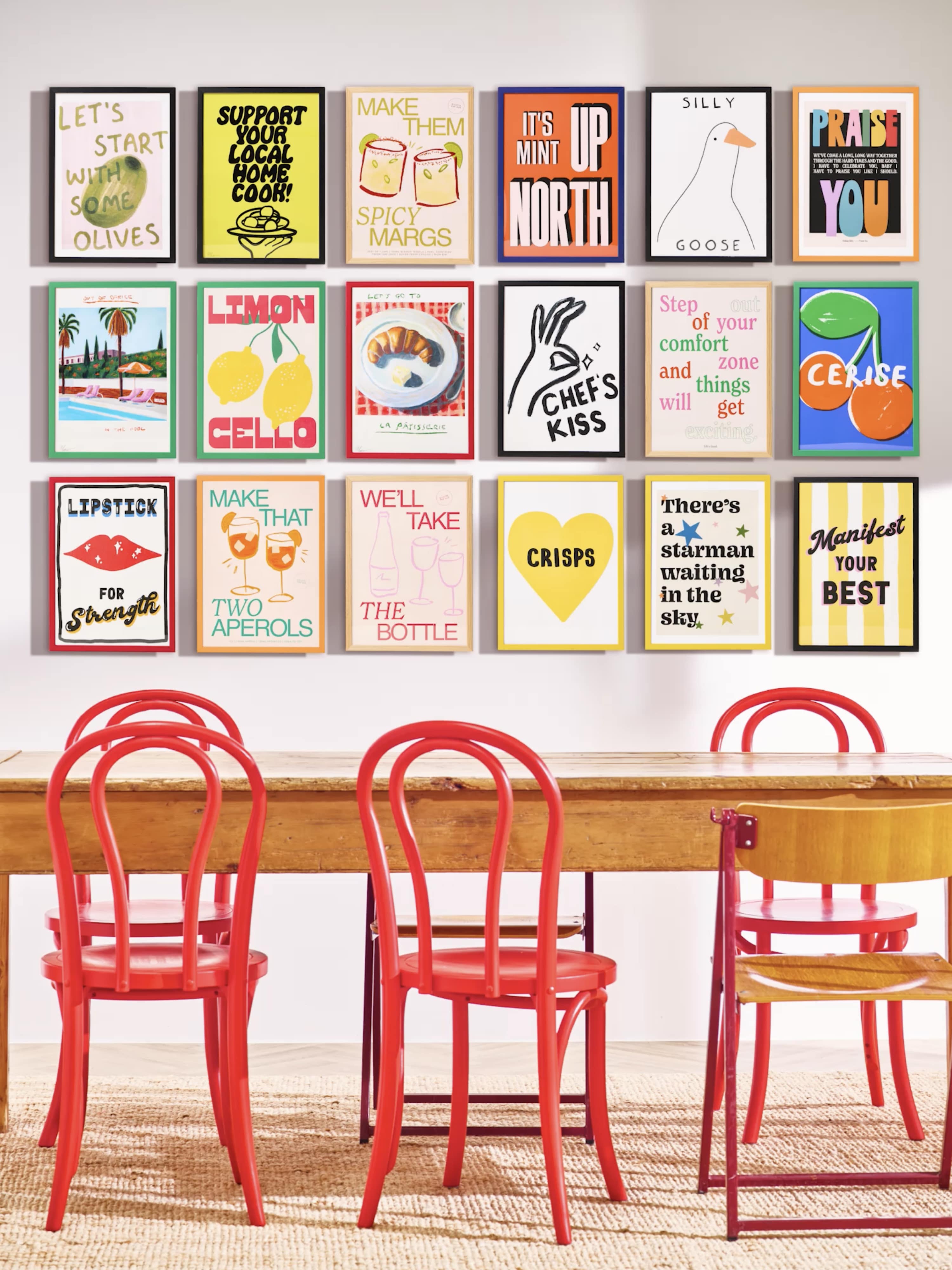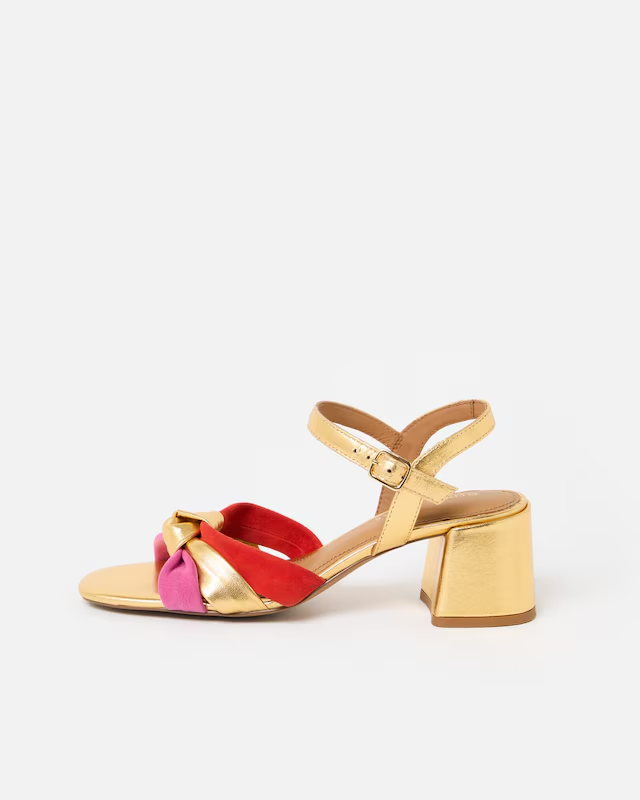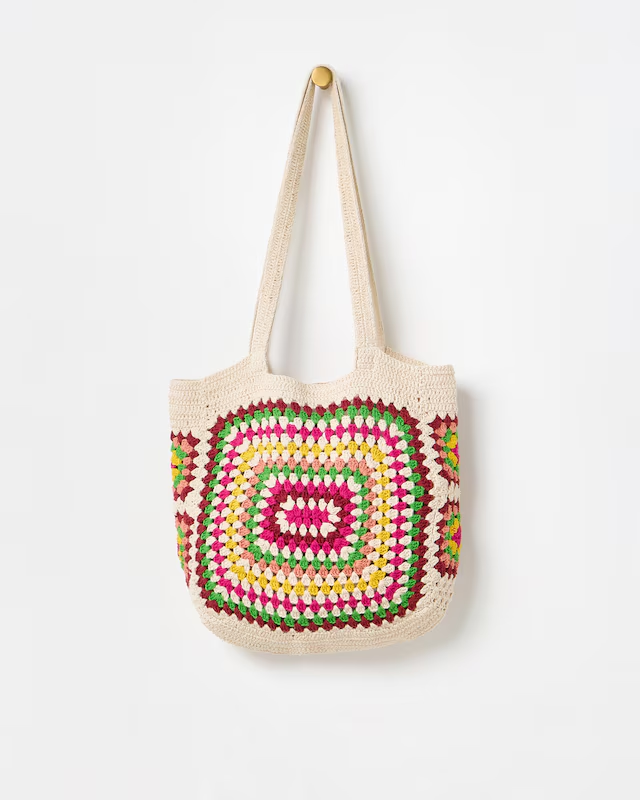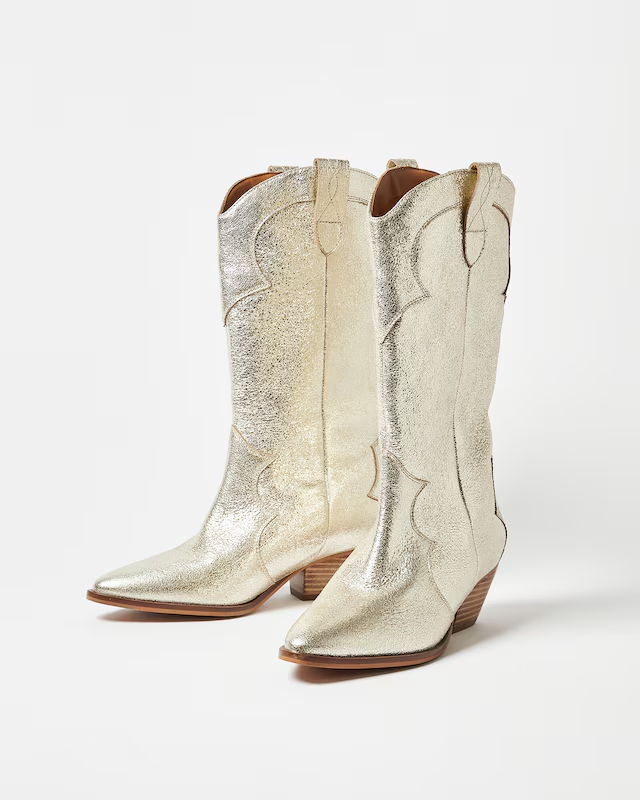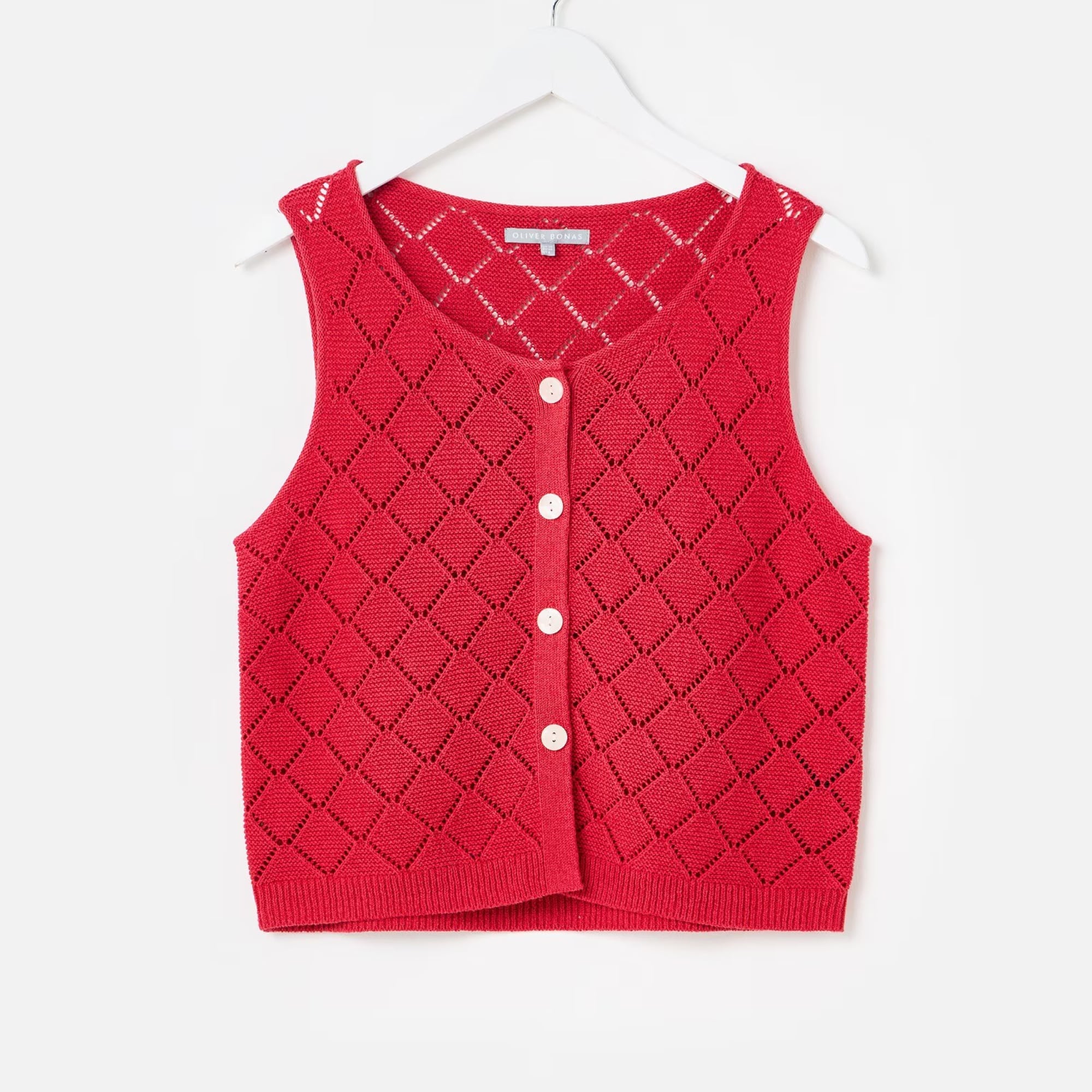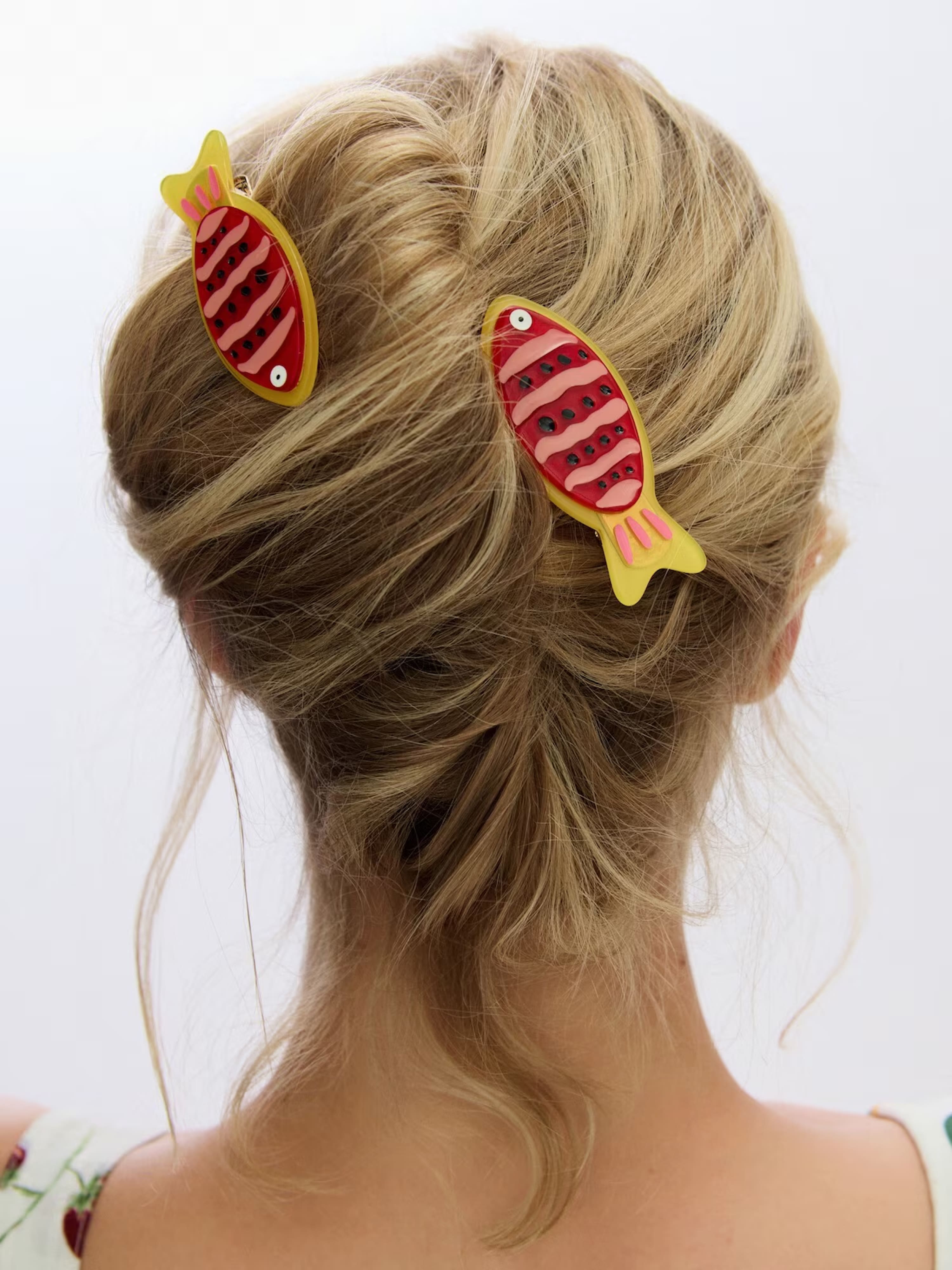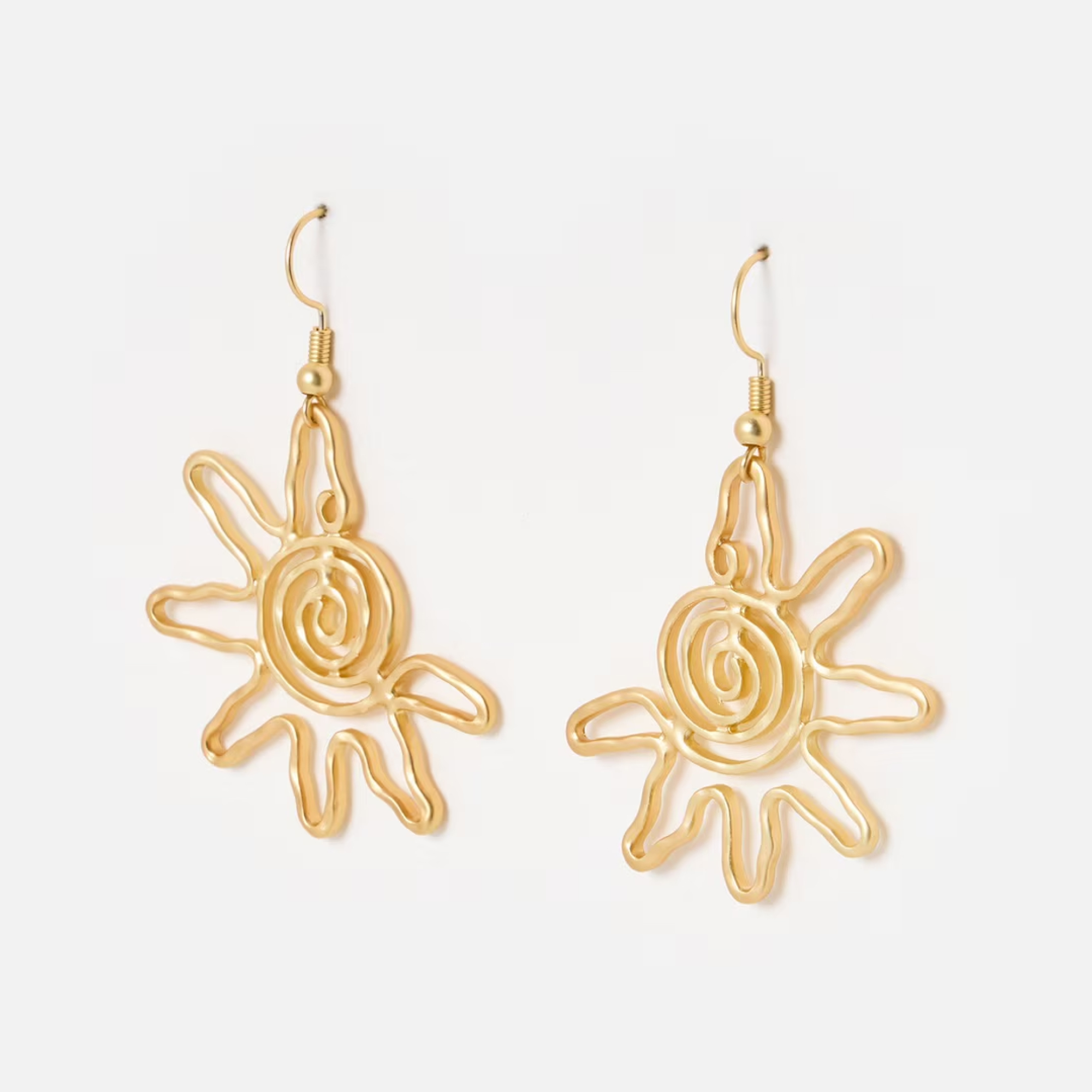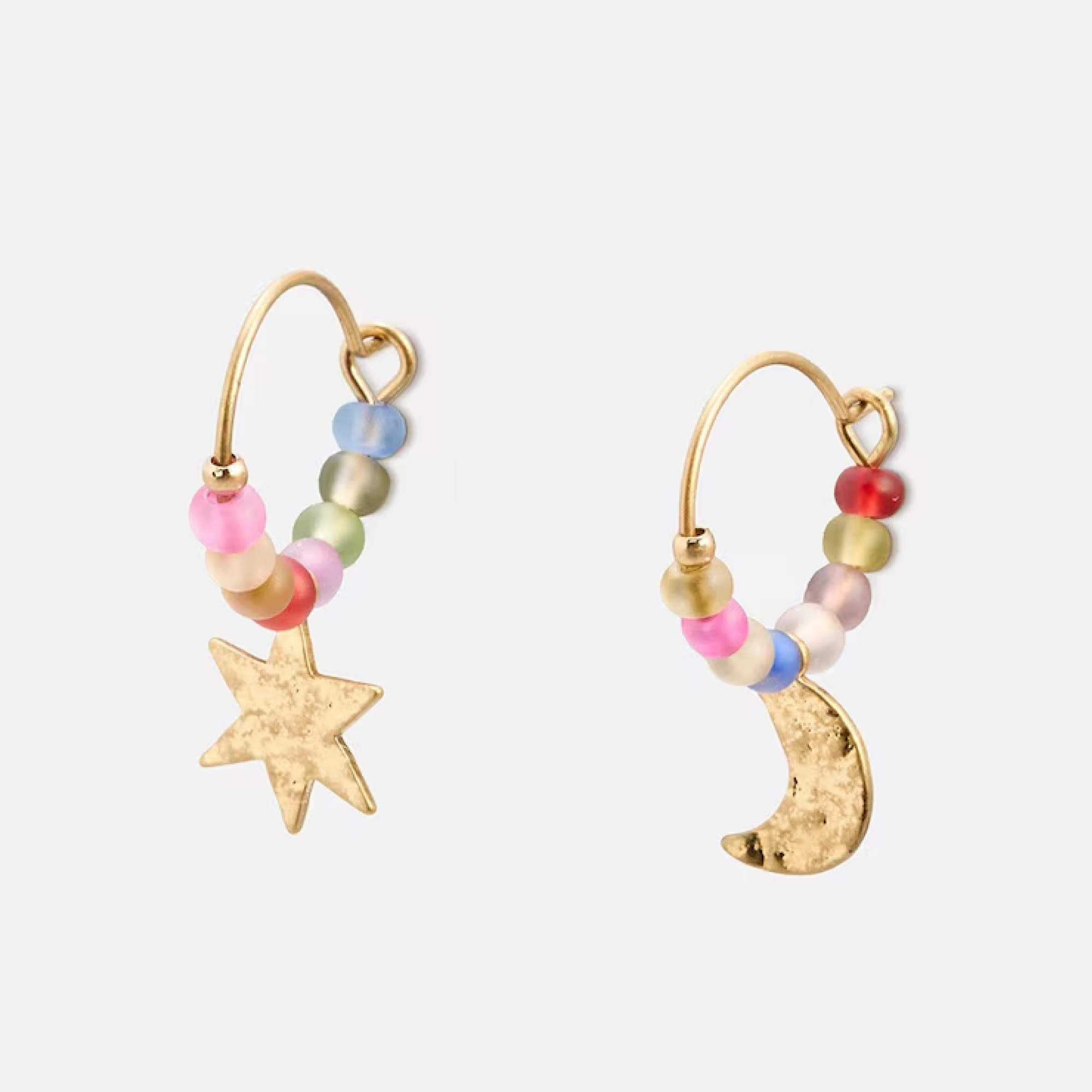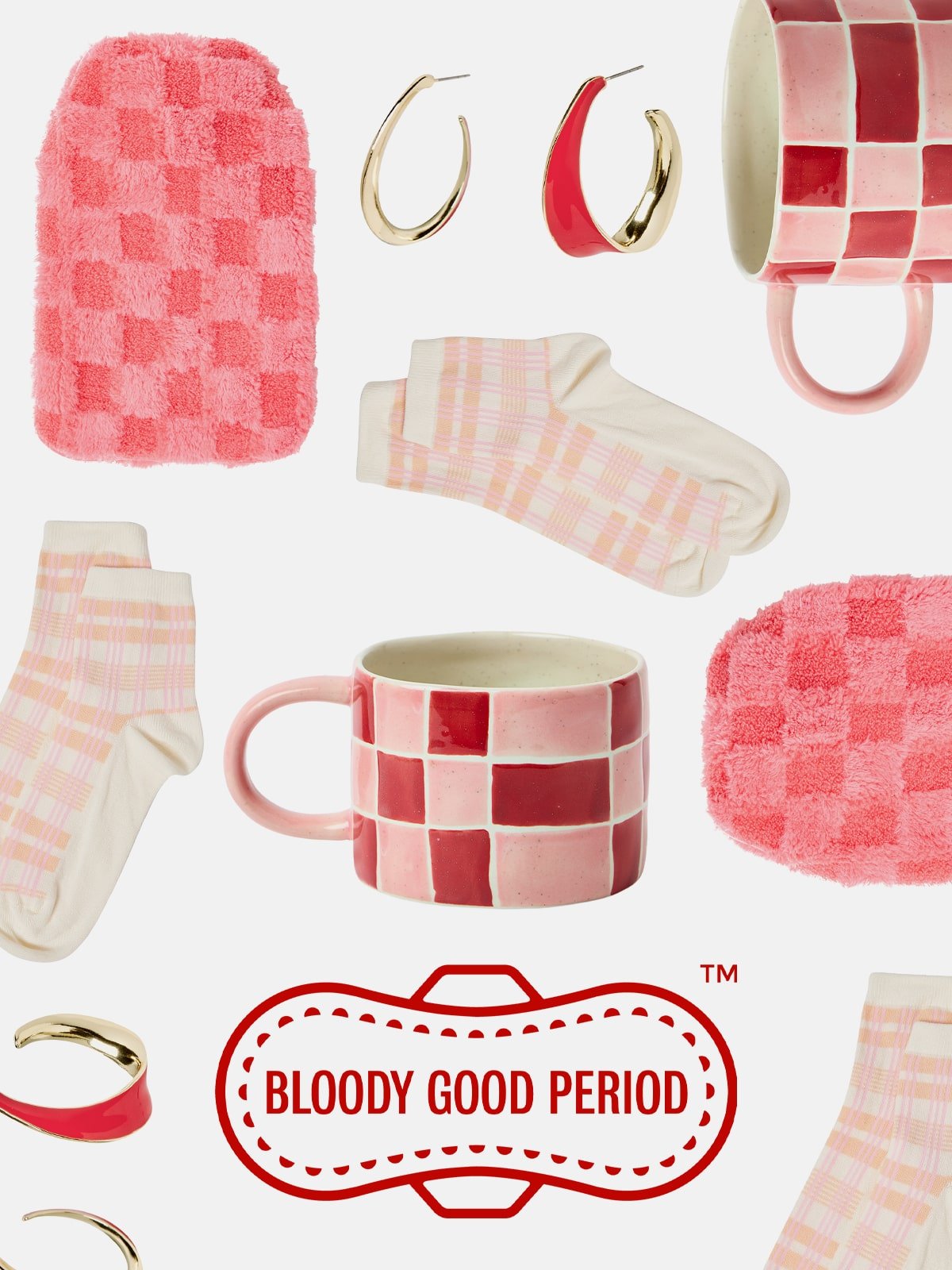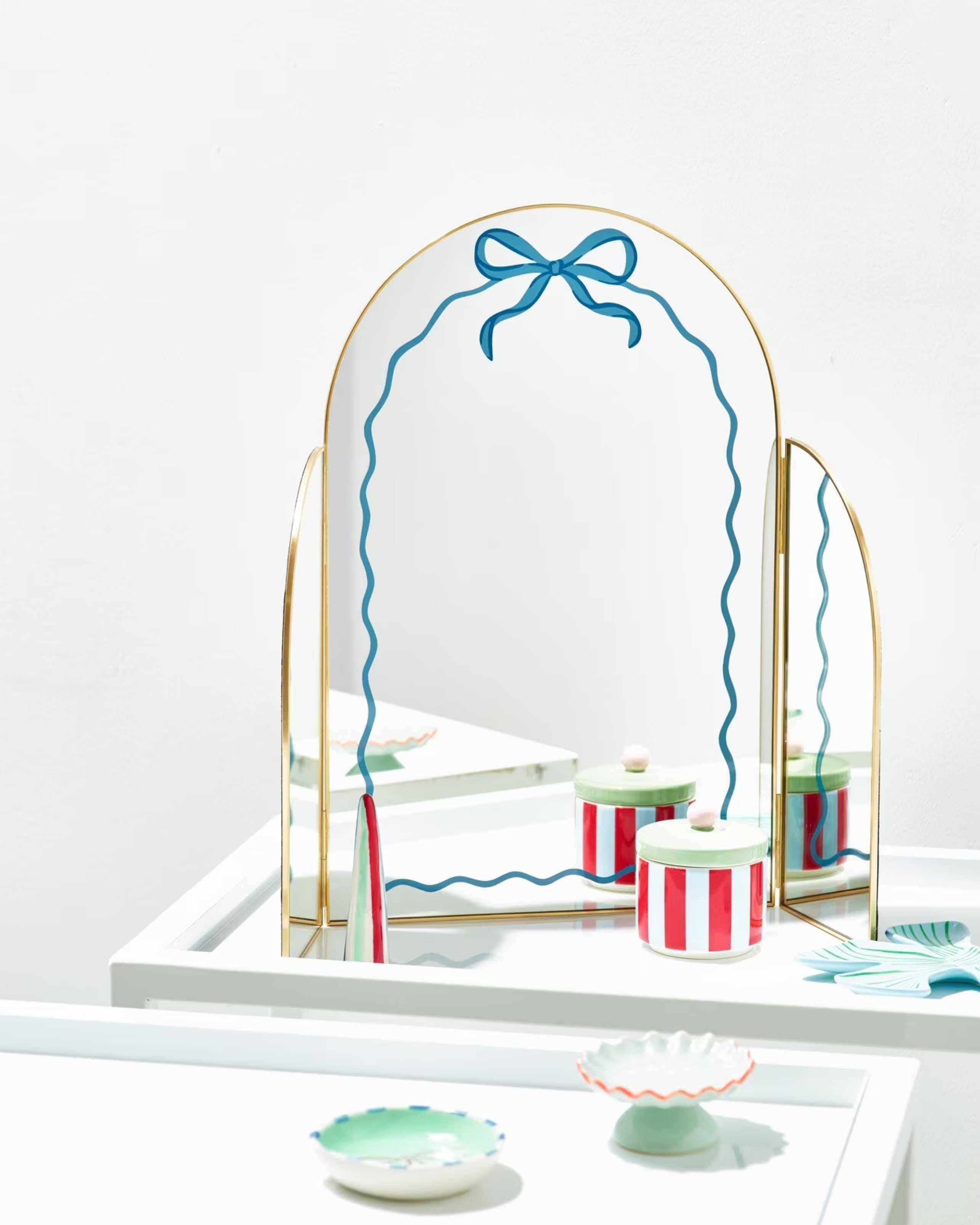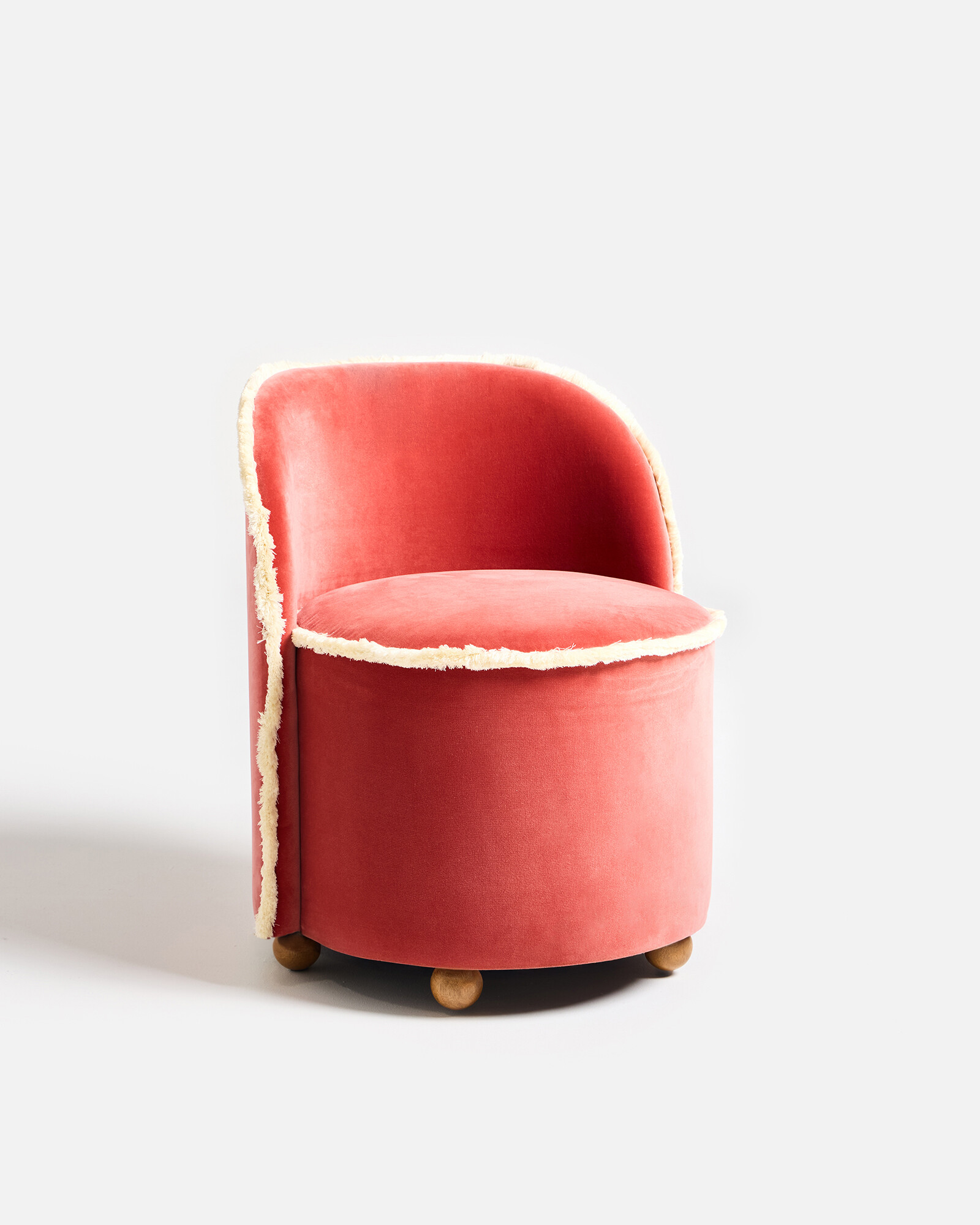Accent Chairs
Add an instant visual impact in any corner of your home with our collection of accent chairs. Choose from small occasional chairs for cosy nooks, or larger options like living room accent chairs to host guests ...or compact styles for the bedroom. Our velvet accent chair comes in an array of vibrant colours to complement or stand out from your interior. Discover lounge chairs that feature rattan, wood or boucle for a blend of texture and style.

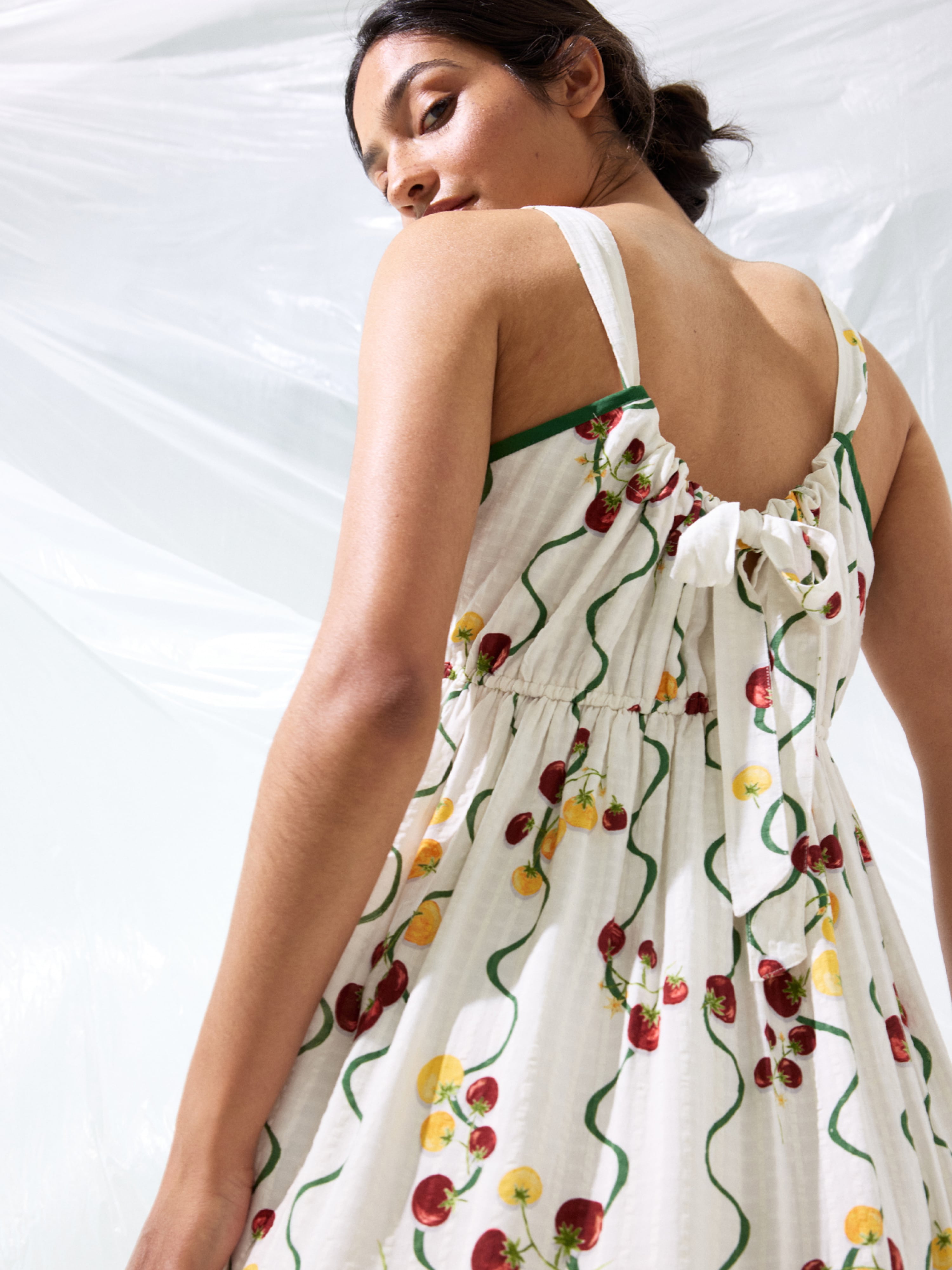

.jpg?im=Resize)









